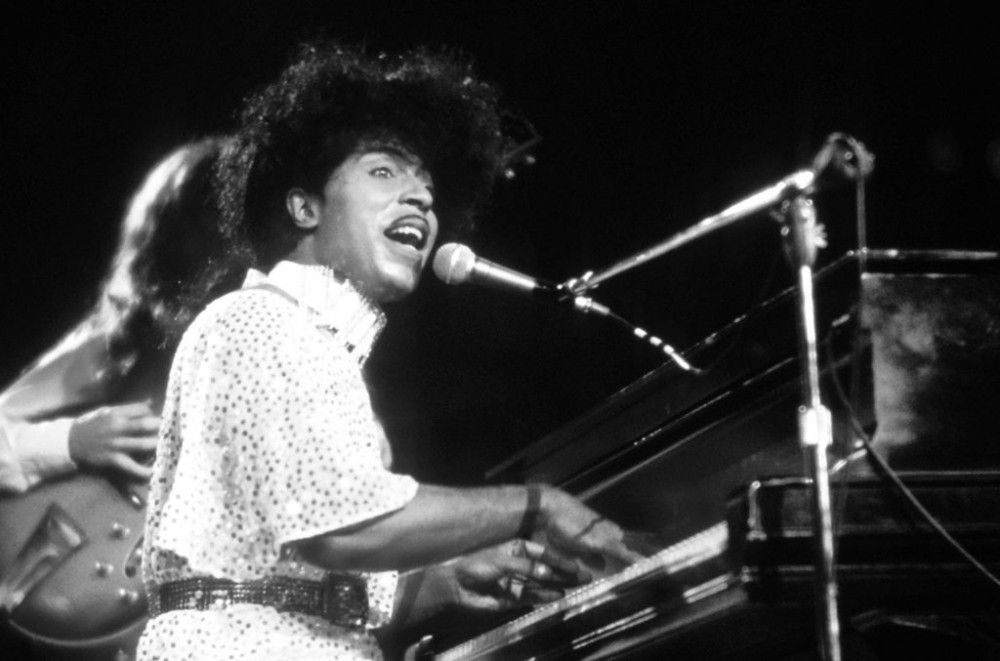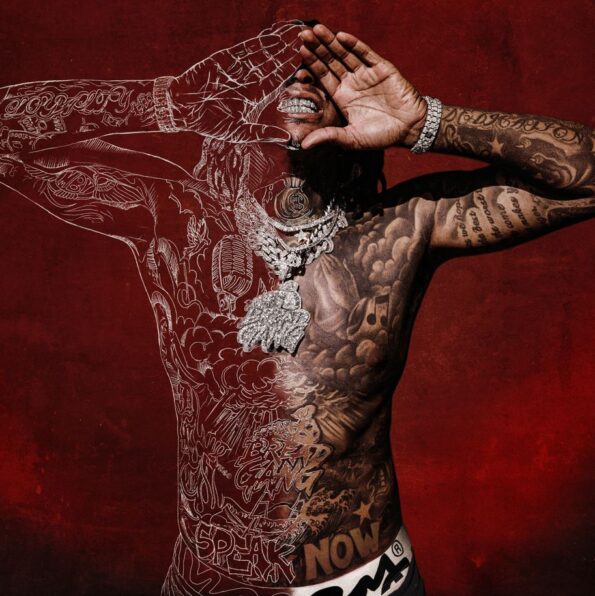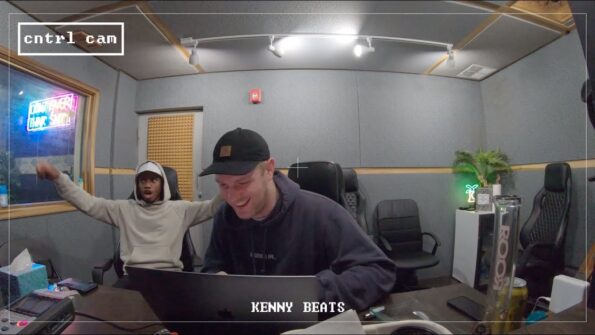You can’t tell the story of rock ‘n’ roll without the story of Little Richard, one of the genre’s earliest pioneers and most devout practitioners, and ultimately one of its most esteemed spokespeople. He learned from some of the genre’s all-time legends, paid it forward to some of the greatest to follow in his footsteps, and also graced rock with some of the most iconic, eternal singles in the genre’s 70-year-old history.
Following his death this week at age 87, we’re looking back at the 10 greatest moments from the career of the man born Richard Wayne Penniman, whose claims of being “the architect of rock ‘n’ roll” have long been historically validated.
Opens for Sister Rosetta Tharpe as a teenager (1947)
While Little Richard might have been the architect, he wasn’t rock ‘n’ roll’s inventor. Many give that distinction to Sister Rosetta Tharpe, the singer/songwriter/guitarist whose mix of gospel and the blues — and use of distortion on her electric guitar — was formative for the genre’s early development in the 1940s. In 1947, she overheard a then 14-year-old Little Richard singing gospel songs before a show of hers in Georgia and invited him to open for her performance. She was impressed enough with Richard’s performance to pay him for his time, inspiring and jump-starting his long career in music.
Scores first R&B No. 1 with “Long Tall Sally” (1956)
Despite his long and legendary career of hits, Little Richard never scored a No. 1 hit on Billboard‘s pop charts, either before or after the introduction of the Hot 100 in 1958. But he did score three Billboard R&B chart-toppers, the first of which was 1956’s “Long Tall Sally,” a typically high-wire, high-energy performance with a lyric about a the hell-raising “built for speed” title character, which became one of his signature numbers. “Sally” was followed to the chart’s apex by “Rip It Up” later that year, and “Lucille” in 1957.
Performs the title song in The Girl Can’t Help It (1956)
Already well on his way to rock royalty, Little Richard landed a star-confirming spot (along with other early rock greats Eddie Cochran and Gene Vincent) in the 1956 Jayne Mansfield comedy The Girl Can’t Help It. In his cameo role, he performed the movie’s jaunty title cut, written by Bobby Troup — and originally intended for Fats Domino, but re-arranged for Richard as a rock song. The song was a top 10 R&B hit, and would be sampled prominently a half-century later by Fergie for the hook to her top 5 Hot 100 hit “Clumsy.”
Meets The Beatles (1962)
Manager Brian Epstein caught The Fab Four an early break when he convinced Little Richard’s manager to let the group open for him on his European tour in 1962. The rock legend advised the then-burgeoning group on their playing style, and gave Paul McCartney instructions to make his vocals more distinctive. (Decades later, he revealed that he didn’t think much of the group at the time, outside of Macca : “I didn’t believe they was going to make it — to tell you the truth … Paul was unbelievable. I felt that he could make it himself.”) The Beatles would return the favor by covering “Long Tall Sally” in 1964.
Plays on The Little Richard Spectacular (1964)
With his own career experiencing a slight sag following a venture into gospel music, and the British Invasion officially starting to bubble up, Little Richard publicly returned to rock with The Little Richard Spectacular (also known as It’s Little Richard!) a TV special broadcast on the U.K.’s Granada Television. The show was a huge hit in the ratings and with fans, and helped launch Richard’s rock ‘n’ roll comeback — though he would never again match the chart success of his initial late-’50s run.
Opens his Vegas residency (1969)
The Las Vegas residency was not a foreign concept when Little Richard headed to Sin City in 1969 — Frank Sinatra and the Rat Pack helped turn the city into a performance destination in the 1950s, while performers such as Wayne Newton and Tom Jones had found success with the casino crowds. Yet, performing at Vegas resorts helped amplify the glitzier aspects of Little Richard’s stage show, and his initial run proved impactful to both his future performances as well as the following decades in Vegas entertainment. Another artist who followed Little Richard to the city in the same year? Elvis Presley.
Appears in Down and Out in Beverly Hills (1986)
“Ain’t no black man supposed to live in Beverly Hills!” Little Richard bellows at Richard Dreyfuss in this 1986 comedy, in which the musician makes a turn as an irate next-door neighbor in a leopard-print robe. Clearly having a blast with each punchline, Little Richard not only served as a comedic highlight of the film (which also starred Bette Midler and Nick Nolte), but contributed the energetic “Great Gosh a’Mighty (It’s a Matter of Time)” to its soundtrack — which peaked at No. 42 on the Hot 100, becoming his final entry on the chart during his lifetime.
Gets inducted to inaugural class of Rock and Roll Hall of Fame (1986)
The inaugural class of performers inducted into the Rock and Roll Hall of Fame in 1986 included some of the most foundational artists in the history of modern music: Chuck Berry, James Brown, Elvis Presley, Ray Charles, Sam Cooke, Fats Domino, Buddy Holly, The Everly Brothers, Jerry Lee Lewis, and of course, Little Richard — who was inducted by Roberta Flack during a ceremony at the Waldorf Astoria in New York City. Three years later, Little Richard returned to the Rock Hall to induct the late Otis Redding.
Cameos on Full House and Sesame Street (1994)
Four decades after beginning his legendary career, Little Richard introduced his genius to a new generation with a series of fun, frothy TV appearances in the mid-’90s. He made for a memorable guest star and performer on a 1994 episode of Full House as the uncle of Tanner family friend Denise (Jussie Smollett), and stopped by Sesame Street for a “Rubber Duckie” sing-along the same year.
Sees “Tutti Frutti” added to Library of Congress Recording Registry (2010)
Ten years ago, “Tutti Frutti” was among the cultural artifacts added to the National Recording Registry of the Library of Congress, a recognition of the 1955 recording and claiming that the “unique vocalizing over the irresistible beat announced a new era in music.” The 2010 honor was among many that the song, widely considered a fundamental rock artifact, has been given before and since.



